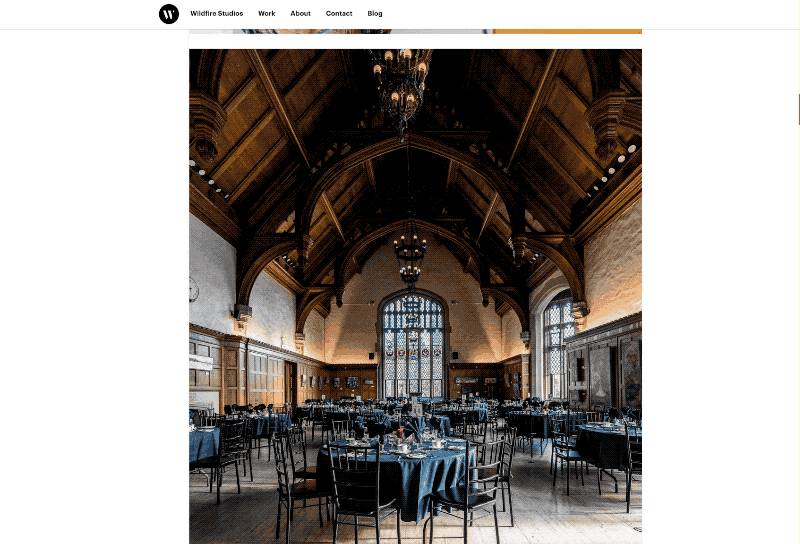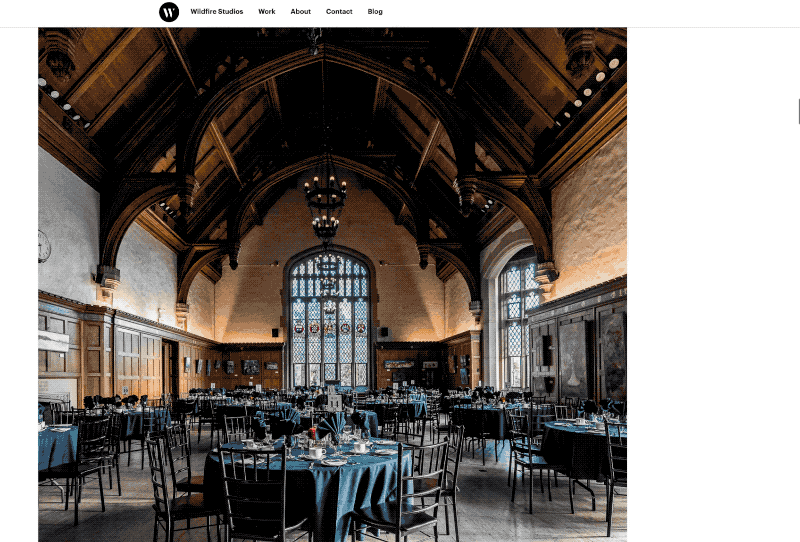At 10am on August 24th, I walked out of my favourite camera store with the new R6, the RF 24 – 70 f2.8, the RF 70 – 200 f2.8, and the RF 15 – 35 f2.8. It was a complete swap: I sold all my equivalent Sony gear, including my GM lenses, and moved over to Canon wholesale.
I had been using Sony’s critically-lauded A7iii since its release, and had migrated to Sony from Nikon (which I had shot with for almost a decade). At the time, moving to Sony made sense: Nikon’s mirrorless offerings were not impressive, and Sony made their best sensors. I figured it would be a pretty easy maneuver.
And it was! The switch felt natural and easy. Once I set it up to my liking, the Sony system felt pretty easy to use. Some of their lenses are truly fantastic (although not all — more on that in a bit), and once you learn their menus, it all becomes second nature pretty quickly.
I shot many thousands of images with my Sony gear — somewhere over 100,000 shots in just a couple years. It’s good. The dynamic range is excellent, the batteries last a long time (in their newer cameras), and the surrounding community of Sony shooters is filled with knowledgable and helpful people. For all I know, Sony’s cameras might be right up your alley.
With that all being said, I’d like to tell you why I sold all my Sony gear.

Ergonomics and usability
First of all: Sony gear is not fun to use. I don’t know what it is. It might be the build materials. It could be the ergonomics. It might be that the body is a feather, but the lenses weigh a ton. (That being said, even a small, lightweight lens didn’t make the Sony more fun to shoot with for me.)
Somehow, shooting with the camera became a chore. I never felt like using it outside of work. I didn’t like the way the buttons felt (for some reason, the AF-ON butt was so hard to hold down). I could never get a good grip on it. The whole thing was too small; my pinky finger never knew where to go.
I ended up buying Sony’s battery grip — not because I needed the extra battery power, but because adding the extra weight and bulk gave it some much-needed mass. I could at least rest my pinky on it. The battery grip also doubled my battery life. The battery life on the Sony is insane, by the way. With two batteries, I could shoot for three days.

I couldn’t use the Sony camera without a strap, because the grip wasn’t big enough for my fingers to wrap all the way around it. And if my fingers did wrap all the way around it, the shutter release button was right beneath my middle fingertip.
That brings me to changing lenses: it’s painful. Sony’s markers on their lenses are hard to see, impossible to feel, and not in line with any of the lens’ switches or buttons. After years of swapping lenses, I never got the hang of it.

To make matters worse: Sony doesn’t close the shutter when the camera is off, so when you’re changing lenses, the sensor is exposed the entire time. Switching lenses is cumbersome and always takes longer than I expect, so dust gets on the sensor. Even if you can change lenses quickly, this is unavoidable. I had to clean my Sony’s sensor all the time. All the time: every month at least, sometimes every week. Guess how many times I ever had to clean my old Nikon’s sensor.
Editing Sony files
A lot has been said about whether Sony’s colour science is accurate or inaccurate. Honestly, I don’t care. I shoot RAW and I edit my colours in post. But on the Sony, that’s not easy. Adobe’s profiles in Lightroom are terrible for Sony’s cameras. The oranges are much too close to red, and there’s something wrong with the blue curve. I spent years fighting this.

Eventually, I moved to Capture One. Capture One is known for its colour editing prowess. Even with Capture One, I could never get the colours to look right: oranges still looked weird, and the blue curve was still way off.

One should not judge their camera by their editing software, but honestly, if you have to move mountains to edit your camera’s files, something is wrong.
Something else is off about the files. Even on my iMac Pro, which is a beast of a computer, the files were difficult to work with. It didn’t matter what editing app I used; somehow, my iMac would also demonstrate lag while editing. Brushes in Lightroom, Photoshop, and Capture One were particularly painful. Eventually, I just came to the conclusion that the .ARW files Sony compresses their RAW data into are probably difficult to work with. I can’t think of any other reason I’d have issues like this.
Shooting quirks
Sony also expects you to slightly underexpose all your images if you want to get the most dynamic range possible out of your images. Why? Because if you underexpose, you’ll save your highlight data, and they’re very confident about their cameras’a ability to preserve shadow detail. You can get a lot of shadow detail out of Sony’s cameras without adding any additional colour noise, which is great, but it has some obvious downsides.

First, it makes the exposure preview in the viewfinder a little difficult to use at times, particularly if you’re shooting indoors. That being said, you can quickly disable that in the menu if you need to. It’s also one extra thing you need to adjust every time you edit an image.
The latter is what’s most bothersome for me: it’s another thing to edit. I want to spend less time editing, and more time shooting.
I nearly forgot to tell you about the software bugs I had too. Here’s a brief list of the rare, recurring bugs that derailed my client shoots:
- The camera didn’t recognize its battery and threw an error. Fixed with reboots. This happened all the time.
- The camera didn’t recognize the on-brand battery grip. This bug manifested itself by making all my photos green. Fixed by taking the grip off and screwing it back on.
- Without displaying an error, the camera would silently fail to save images to either SD card. This is maybe the worst bug I could ever imagine. To fix it, I would remove both SD cards from their slots and — I kid you not — blow in the slots like it was an N64. This happened twice in two years, and this bug was the final straw before I decided to switch.
- The shutter doesn’t close when you turn the camera off. I know I mentioned this already, and I know it’s intentional design, but it’s such a poor design that it’s basically a bug — so I’m treating it as one. Sony’s solution is to sell you an A9 II, apparently.
There are other quirks when you’re shooting, too. For example: if I held the AF-ON button or the pressed the shutter halfway to focus, I wouldn’t be able to adjust any of my exposure settings without releasing the focus button. So sometimes I would remove my finger from the shutter, make my changes, and miss the shot. That’s one example of a minor usability issue, but things like this are important! It’s what separates trusted and reliable gear from broken refrigerators.
Also, while I’m being being picky: I appreciated the tilting screen, but longed for the flexibility of a flip out screen every time I was getting low for portraits or landscapes. Plus, the touch screen on my A7 III was so bad as to be useless. I turned it off two days into ownership and never looked back.
Some notes on lenses
I also wanted to quickly mention the lenses I shot with. Out of all of them, my far-and-away favourite were Sony’s wide angles. Their 16 – 35mm f2.8 GM lens was, at the time, the best lens I’d ever owned.

That being said, Sony’s lenses were less impressive in the telephoto ranges. I didn’t buy their 24 – 70GM because, after trying both, I thought Tamron’s 28 – 75 outshone it. Even the Tamron’s images left something to be desired; they never sparked any creative muscles in me.
I used Sony’s 70 – 200mm f2.8 GM extensively as well; it was probably my most used lens. It was very good up until 135mm, where it started to get soft. By 200mm, it was essentially smeared with vaseline — especially indoors. This was not limited to my copy of the lens. I rented seven different copies of this lens and can confirm they all display the same issues.

As far as lens recommendations for the Sony system, I can heartily recommend the 24mm GM prime, the 55mm prime, the 135mm GM, and the aforementioned 16 – 35 f2.8 GM.
Issues like a painfully small grip, or trouble swapping lenses, or even difficult editing workflows are not easy to discover on day one. Issues like this are death by a thousand paper cuts: these are small things that, cumulatively, become big over time. By the time Canon announced the new R5 and R6, I was eager to make a move.

















